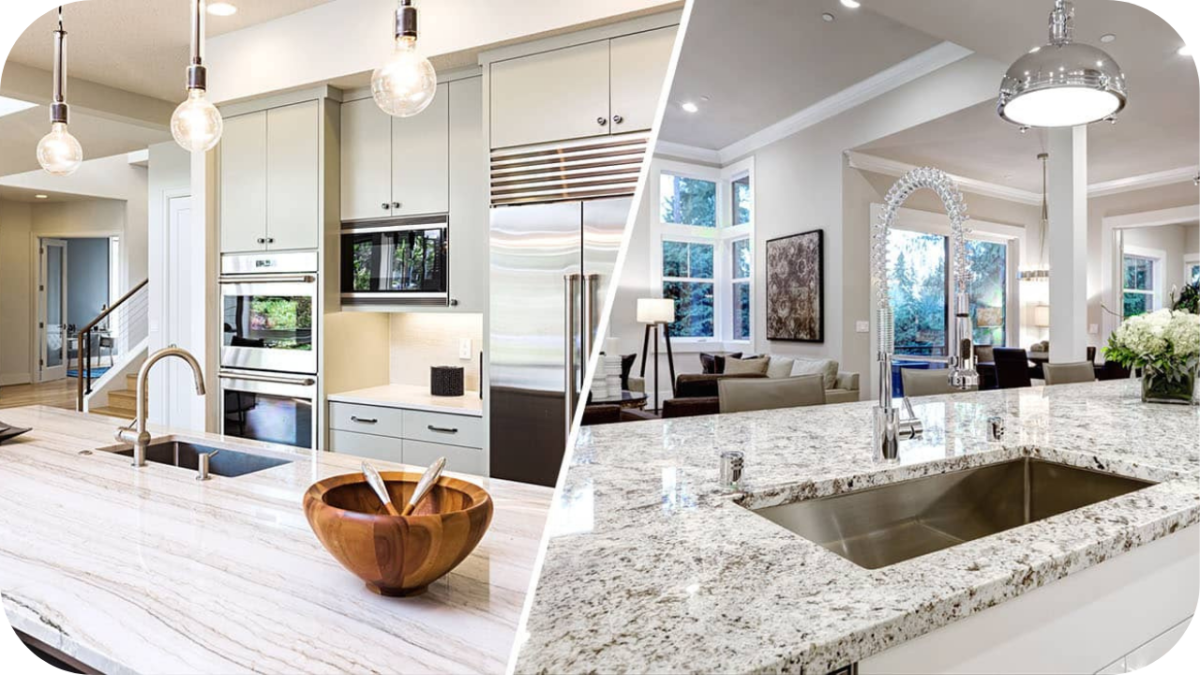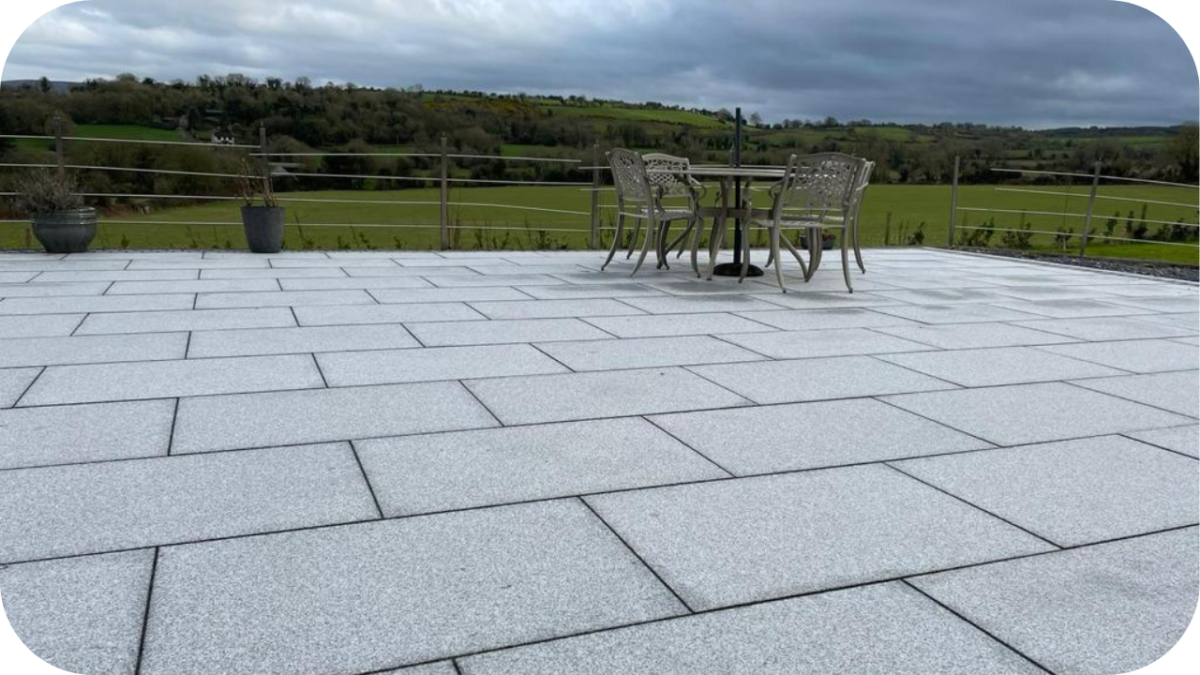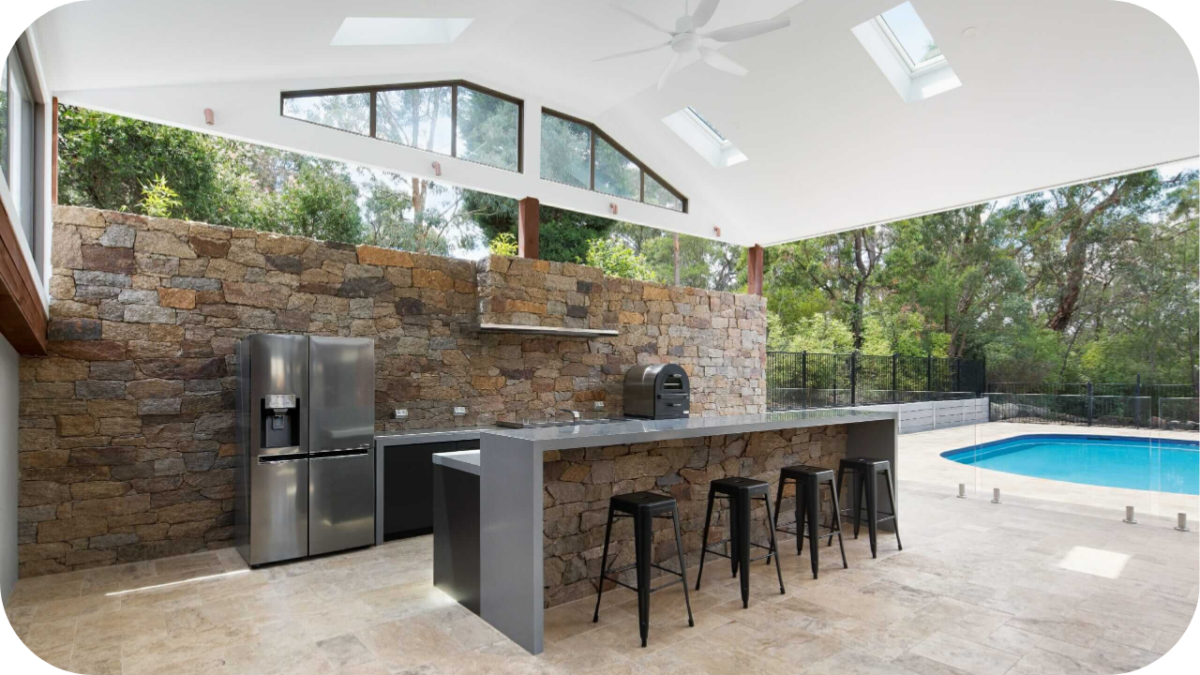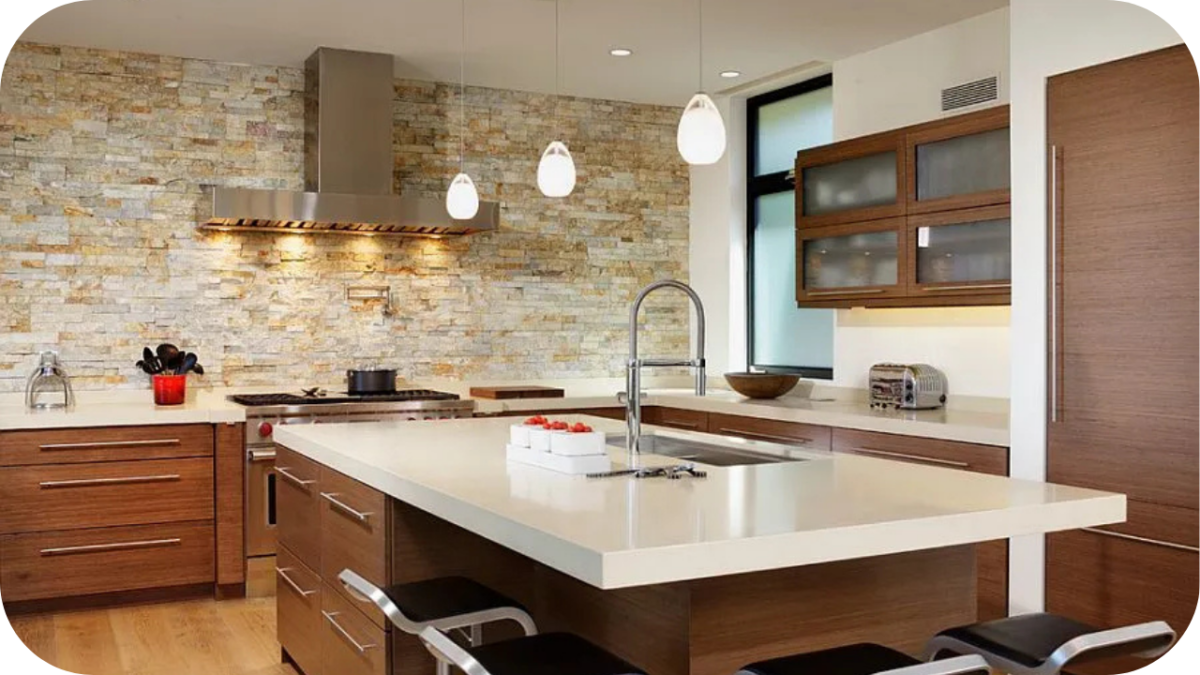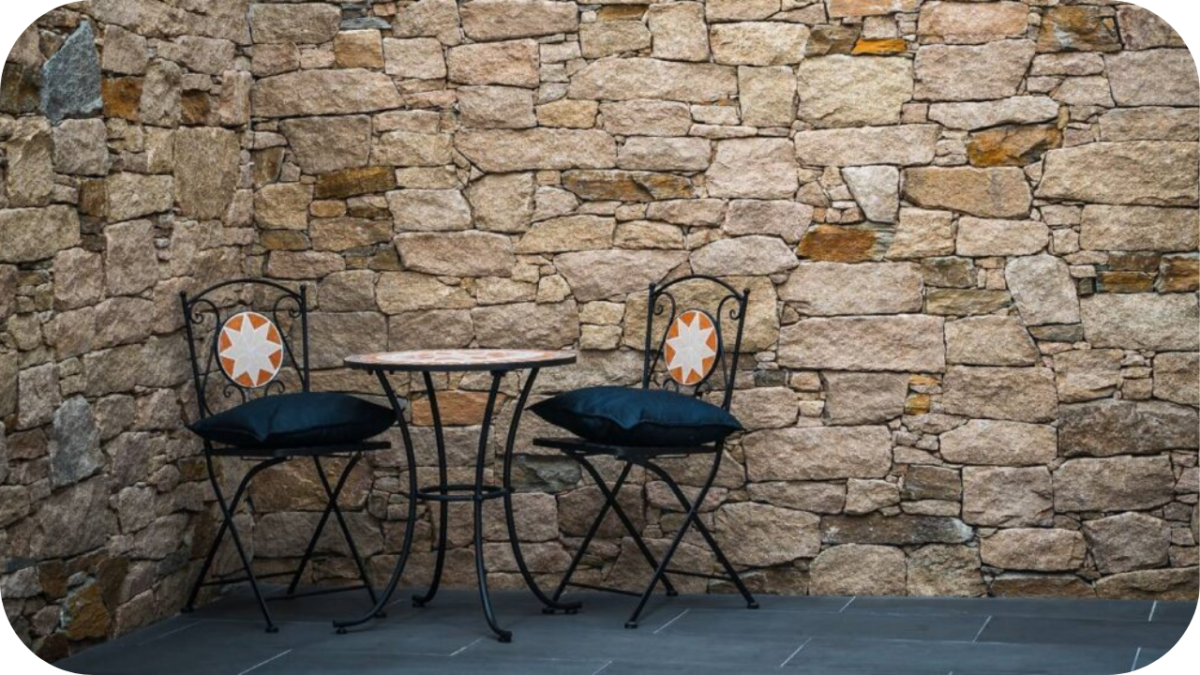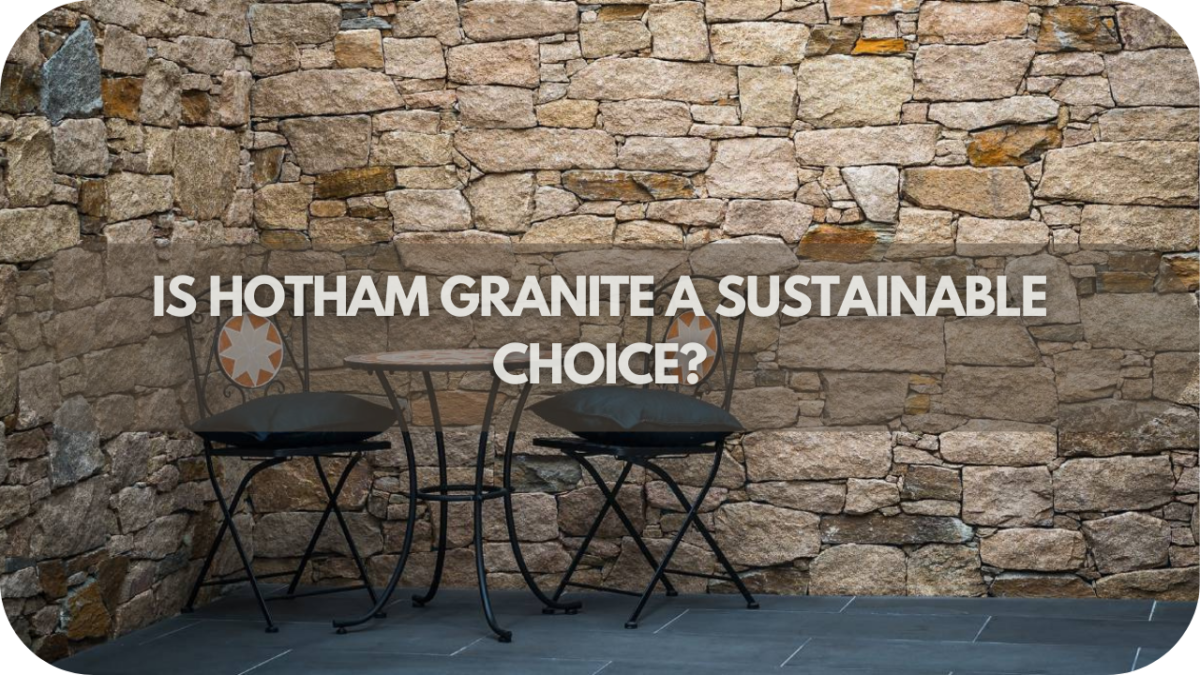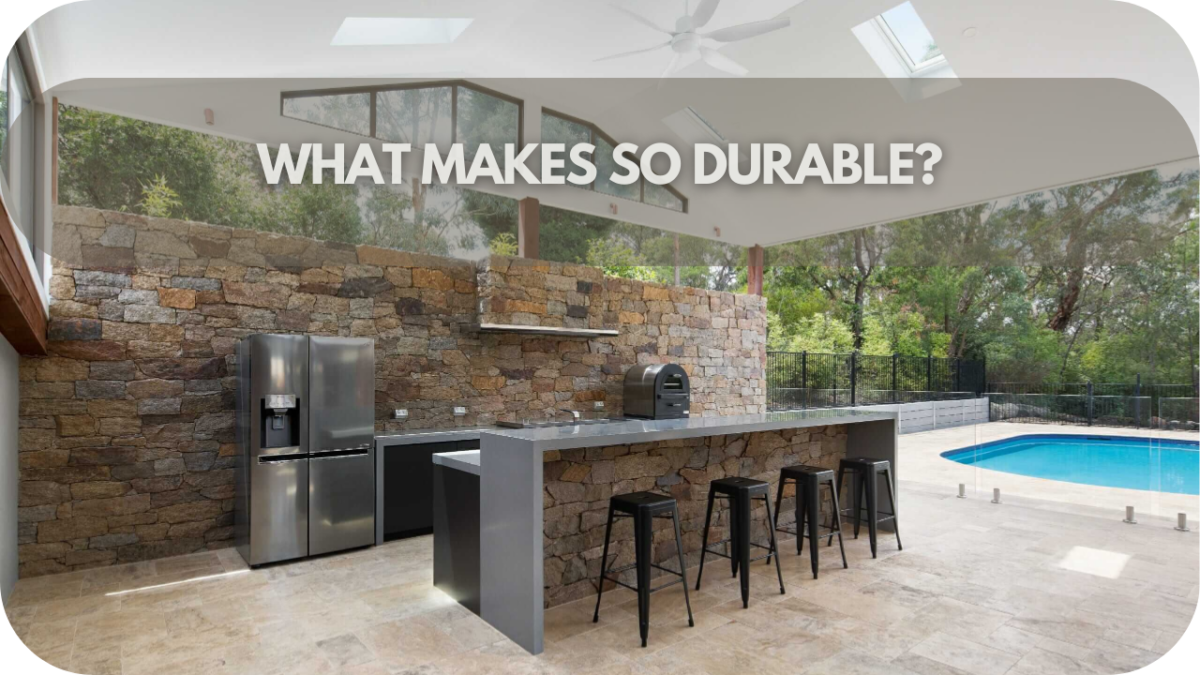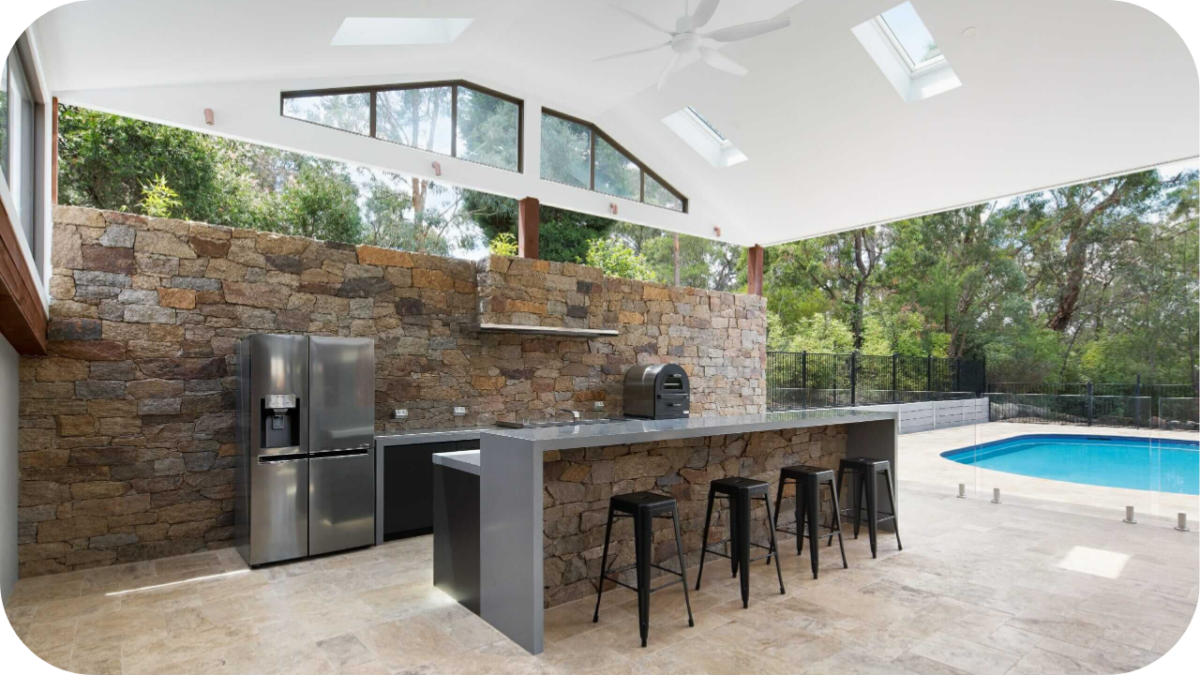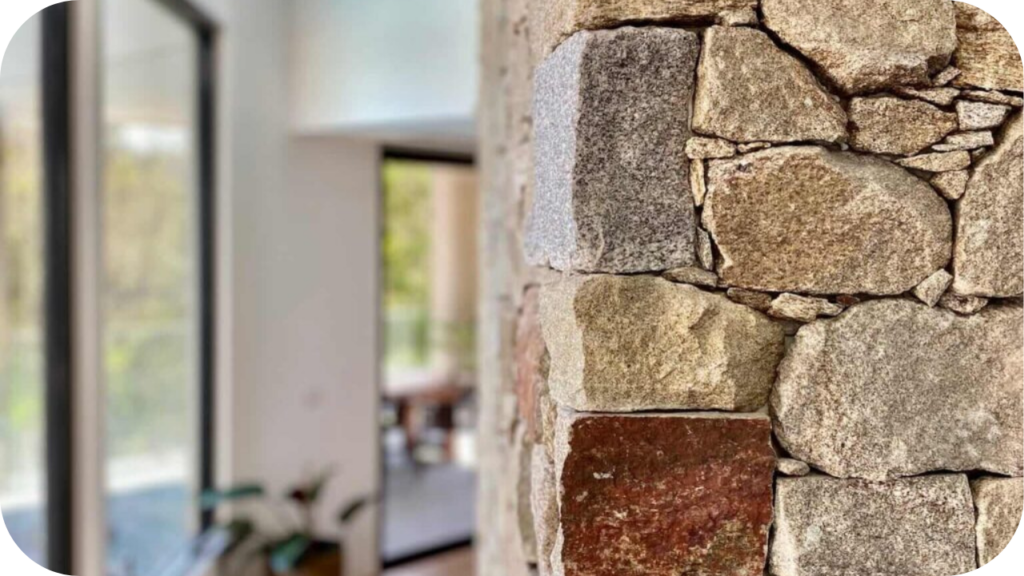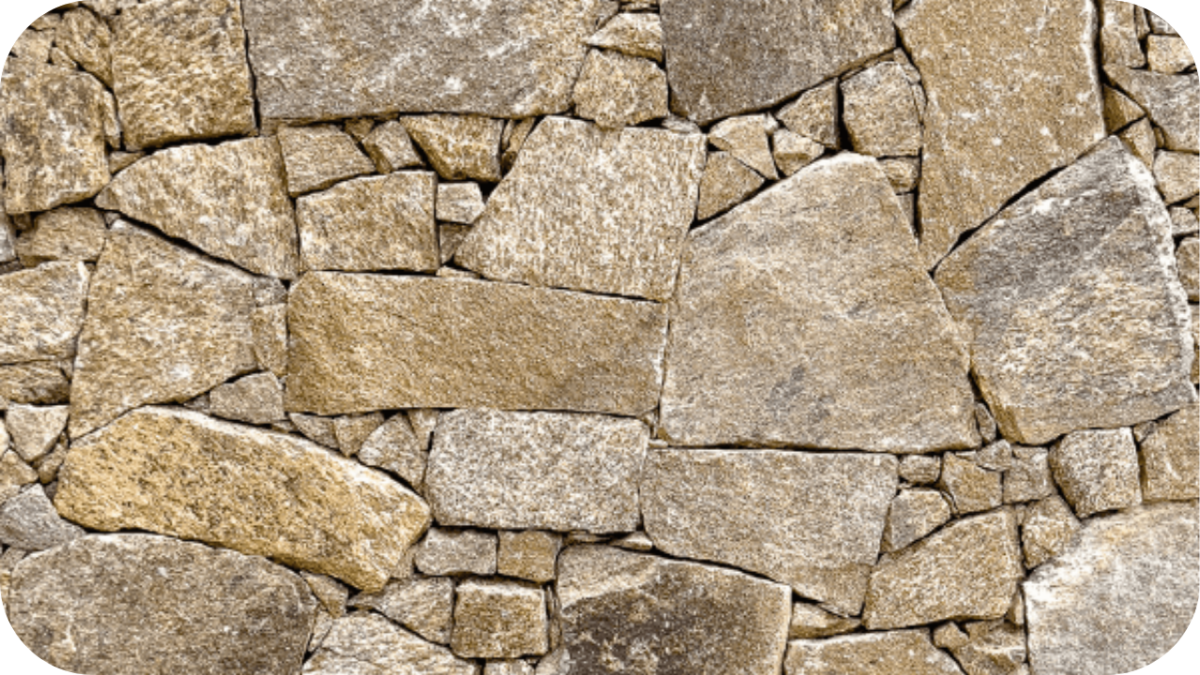Is Granite the Best Material for Luxury Bathroom Vanities?
When designing a luxury bathroom, selecting the right material for your vanity is crucial for both functionality and aesthetics.
Granite stands out as a preferred choice, known for its natural beauty, durability, and timeless appeal. This stone offers the strength needed for high-use areas while enhancing the overall elegance of the space.
In this article, we’ll cover the key benefits of granite, compare it to other vanity materials, provide design suggestions, and offer maintenance tips, helping you decide if granite is the perfect choice for your bathroom.
Is Granite the Best Material for Luxury Bathroom Vanities?
Yes, granite is an excellent choice for luxury bathroom vanities due to its durability, heat and moisture resistance, and timeless appeal. It can withstand high traffic, is easy to maintain with proper sealing, and adds a sophisticated look that enhances the overall aesthetic of your bathroom.
Key Benefits of Granite for Bathroom Vanities

Looking to elevate your bathroom with style and durability? Granite might just be the material you need. Here’s why it’s the perfect choice for your bathroom vanity.
1. Offers Timeless Elegance
Granite’s natural beauty, with its unique veining and range of colours, adds sophistication to any bathroom. Its refined, polished finish complements both modern and traditional designs, making it a timeless option for luxury bathroom vanities.
2. Provides Exceptional Heat Resistance
Granite’s high heat resistance ensures it can withstand hot styling tools, such as hair straighteners, without damage. This makes it an excellent choice for bathroom vanities where exposure to heat is common.
3. Resists Water and Moisture Damage
Granite, when properly sealed, offers excellent protection against moisture. Its non-porous surface prevents water absorption, ensuring it performs well in the humid bathroom environment, making it a low-maintenance and durable option.
4. Requires Low Maintenance
Granite is easy to care for with basic cleaning using mild soap and water. Its resilient surface resists staining, and with occasional resealing, it continues to maintain its beauty and functionality with minimal effort.
5. Increases Property Value
Adding granite to your bathroom vanity enhances both the look and value of your home. Granite is a premium material that appeals to potential buyers, making it an investment that pays off in the long term.
Granite vs Other Vanity Materials: How Does It Compare?

Granite brings strength and elegance, but how does it compare to other popular materials? Here’s how it stands against some of the most common vanity surface choices.
1. Granite vs Quartz
Quartz offers a non-porous surface that doesn’t require sealing, making it one of the lowest-maintenance options available. However, quartz lacks the natural veining and variation that granite provides.
Granite also handles heat more effectively, making it a better choice for luxury bathrooms where styling tools are frequently used.
2. Granite vs Marble
Marble is loved for its soft veining and classic, elegant appearance. However, it’s more porous and prone to scratching, staining, and etching.
Granite is significantly more durable, making it a more practical option for everyday bathrooms that still want to maintain a luxurious, timeless feel with minimal upkeep.
3. Granite vs Engineered Stone
Engineered stone offers uniformity in colour and pattern, which some homeowners prefer. While it’s durable, it’s not as heat-tolerant as granite.
Granite provides greater natural beauty and a more premium look, along with added resistance to heat, making it ideal for vanities exposed to daily wear and hot tools.
4. Granite vs Laminate
Laminate is an affordable option with a wide variety of colours and finishes, but it can wear down over time and is vulnerable to moisture and heat.
Granite, while more expensive upfront, offers long-term value through its strength, resistance to damage, and upscale appearance that enhances bathroom aesthetics.
5. Granite vs Timber
Timber vanities offer natural warmth and character, but they require sealing and careful maintenance in wet areas.
Granite, by contrast, is water-resistant, low-maintenance, and less prone to damage from humidity, making it a more reliable choice for moisture-heavy bathroom environments.
Design Ideas Using Granite for Bathroom Vanities

Granite adapts to every style. From finish to fixture, small design choices can transform your vanity into a true centrepiece. Here’s how to get the look just right.
1. Edge Profiles and Finishes
Granite vanities can be customised with edge styles like bevelled, bullnose, or straight. Combine these with finishes such as polished, honed, or leathered to match the overall tone of your bathroom design.
2. Matching Granite with Bathroom Fixtures
Granite pairs beautifully with timber, glass, and metal. For a cohesive look, match your basin, tapware, and cabinet hardware to complement the stone’s tone, pattern, and overall bathroom style.
3. Colours and Textures for Different Bathroom Styles
Granite comes in a wide range of colours and patterns. Light tones with soft veining suit modern, minimal bathrooms, while darker shades with bold texture bring depth and elegance to traditional or luxurious spaces.
4. Floating Vanity Designs
Granite can be used for floating vanities to create a clean, open look. Pair with minimalist cabinetry and wall-mounted taps to maximise floor space while showcasing the stone as a design feature.
5. Full-Height Splashbacks
Extend your granite from the vanity top to the wall for a seamless splashback. This adds visual continuity, makes cleaning easier, and highlights the stone’s natural beauty in a bold, elegant way.
How to Care for Granite Bathroom Vanities

Granite is low maintenance, but proper care keeps it looking flawless. Follow these simple tips to protect your vanity and extend its lifespan.
- Clean daily: Wipe the surface with a soft cloth and mild soap. This removes everyday residue, prevents grime buildup, and helps maintain the polished appearance without damaging the stone’s natural texture or finish.
- Seal regularly: Apply a granite-specific sealer every 12 to 24 months. Sealing protects against stains and moisture, preserving the stone’s natural colour while extending the lifespan of your bathroom vanity.
- Avoid harsh products: Stay away from acidic, abrasive, or bleach-based cleaners. These products can strip the sealant, discolour the surface, and permanently damage both polished and honed granite finishes over time.
- Wipe spills immediately: Blot water, oils, or cosmetics as soon as they spill. This prevents staining and maintains a clean, consistent finish that keeps your vanity looking pristine even in daily-use bathrooms.
- Polish occasionally: Use a granite-safe polish a few times a year to enhance the surface shine. This helps restore brilliance, especially in polished finishes, and maintains that premium look over time.
- Use soft accessories: Add protective mats or trays beneath toiletries and styling tools. This avoids scratches, water rings, or product spills directly on the stone, helping preserve both function and finish.
Conclusion
Granite brings lasting value to luxury bathroom vanities. Its natural strength, timeless style, and resistance to heat and moisture make it a standout choice for daily use and design impact.
With proper care and thoughtful design, it elevates your bathroom into a space of refined comfort and elegance.
Ready to design your dream bathroom vanity? Contact Splendour in Stone for expert advice, premium granite options, and support every step of the way.


